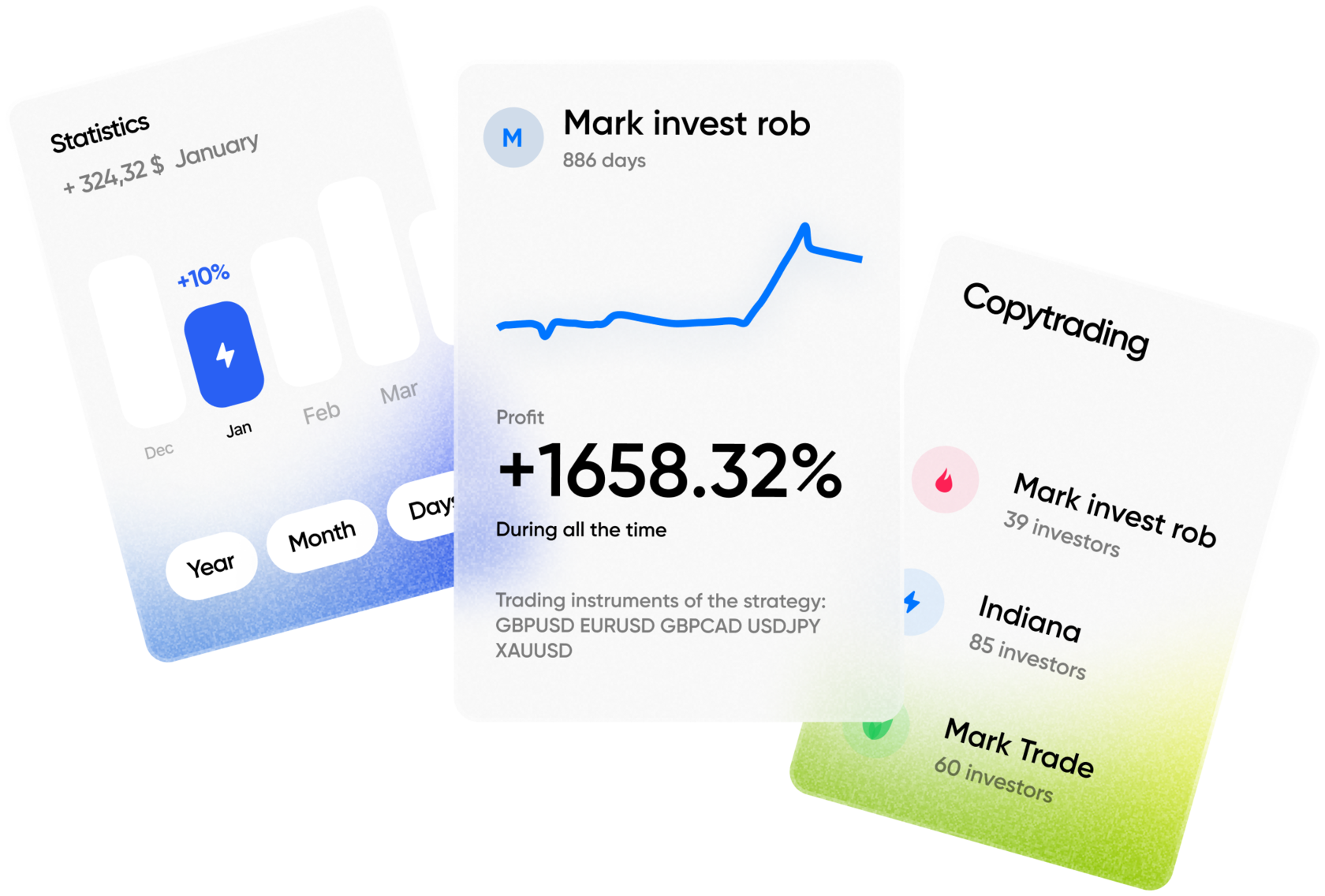Mutual funds are one of the easiest and most effective ways to invest, especially for beginners. If you’re looking to grow your wealth but aren’t sure where to start, mutual funds offer a fantastic opportunity to diversify your portfolio without needing to be an expert in stock picking.
This guide will break down everything you need to know about mutual funds, from their structure and benefits to how to start trading them.
We’ll also cover proven strategies used by experienced traders, the essential tools you’ll need, and potential pitfalls to avoid. By the end of this article, you’ll be ready to dive into mutual funds with confidence.
What Are Mutual Funds?
At its simplest, a mutual fund is a pool of money collected from multiple investors to invest in a variety of securities, such as stocks, bonds, and other assets.
When you invest in a mutual fund, you’re not directly buying shares of individual companies; instead, you’re purchasing shares of the fund itself. This gives you a slice of the overall portfolio, which may include hundreds or even thousands of different investments.
One of the major advantages of investing in a mutual fund is diversification. A diversified portfolio spreads out your risk by holding different types of assets.
This helps protect your investments from dramatic losses if one asset or sector underperforms. It’s a strategy designed to balance risk and reward.
How Do Mutual Funds Work?
Mutual funds are managed by professional fund managers who are responsible for selecting and managing the fund’s assets. They make the decisions about what stocks or bonds to buy or sell, based on the fund’s goals.
As an investor, you can simply buy shares of the fund and let the manager handle the rest.
There are two main categories of mutual funds:
- Active Funds: These funds are actively managed, meaning the fund manager regularly buys and sells securities in an attempt to outperform the market. While this can potentially lead to higher returns, it usually comes with higher management fees.
- Passive Funds: These funds, also known as index funds, follow a predetermined index (like the S&P 500) and aim to replicate its performance. They are more cost-effective than active funds because they don’t require the same level of management.
Types of Mutual Funds You Can Invest In
There’s no one-size-fits-all when it comes to mutual funds. Different funds serve different purposes, depending on your financial goals. Here are the most common types:
Equity Funds (Stock Funds)
Equity funds primarily invest in stocks, making them a great choice for long-term growth. They tend to be more volatile, meaning the price of your shares can go up or down depending on how the stock market performs. However, over time, they often provide the highest returns.
- Growth Funds: These focus on companies with high growth potential, often at the expense of short-term stability.
- Value Funds: These invest in stocks that are considered undervalued or overlooked by the market, with the expectation that their price will rise over time.
- Sector Funds: These focus on specific sectors of the economy, such as technology, healthcare, or energy.
Bond Funds
Bond funds invest in bonds or other fixed-income securities. They offer more stability compared to equity funds, but they generally provide lower returns.
These funds are ideal for more conservative investors looking for a steady income stream.
Balanced Funds
Balanced funds mix stocks and bonds in an attempt to balance risk and return. They aim to provide a moderate growth potential while offering some income stability.
These funds are perfect for investors who want to avoid extreme volatility but still want some exposure to the stock market.
Money Market Funds
Money market funds invest in short-term, low-risk securities like government bonds and Treasury bills. While these funds offer the lowest risk, they also provide the lowest return.
They’re ideal for those looking for a safe place to park cash temporarily or for short-term investment goals.
How to Earn Money from Mutual Funds
When you invest in mutual funds, there are several ways you can earn returns:
- Dividends: If the mutual fund holds dividend-paying stocks or bonds, you’ll receive periodic dividend payments. These payments are typically distributed quarterly and provide a steady income stream.
- Capital Gains: If the mutual fund sells securities that have increased in value, you’ll receive your share of the profits. These gains are typically distributed at the end of the year, and they can be reinvested to help grow your investment further.
- Appreciation in Net Asset Value (NAV): The Net Asset Value (NAV) is the per-share value of the mutual fund, and it rises or falls based on the performance of the underlying assets. If the fund’s portfolio performs well, the NAV increases, and so does the value of your investment.

Effective Strategies for Investing in Mutual Funds
While mutual funds are often seen as a more hands-off investment, it’s still important to have a strategy in place. Below are some proven strategies that experienced investors use to maximize their returns.
Dollar-Cost Averaging (DCA)
Dollar-cost averaging is a strategy where you invest a fixed amount of money into a mutual fund at regular intervals, regardless of the fund’s performance.
This approach reduces the impact of market volatility, as you’re purchasing more shares when prices are low and fewer shares when prices are high.
Over time, this strategy tends to lower the average cost of your investment.
Rebalancing Your Portfolio
Over time, the value of the assets in your mutual fund portfolio will change. Rebalancing involves adjusting your investments periodically to maintain your desired asset allocation.
For example, if one fund has significantly outperformed others, it may now make up a larger percentage of your portfolio than you want.
Rebalancing helps you stay aligned with your investment goals and manage risk effectively.
Setting Clear Investment Goals
Before you invest, it’s important to define your financial goals. Do you want to grow your wealth over the long term? Are you looking for regular income?
Understanding your objectives will help you choose the right type of mutual fund.
Growth funds are great for long-term goals, while bond funds or balanced funds may be better suited for more conservative income-focused goals.
Tools You’ll Need as a Beginner Investor
Starting your mutual fund investment journey doesn’t require fancy tools, but a few resources can make the process much easier.
- Brokerage Account: To buy and sell mutual funds, you’ll need to open a brokerage account. Many platforms, such as Vanguard, Fidelity, or Schwab, offer low-cost access to a wide range of mutual funds.
- Fund Screeners: A fund screener allows you to filter mutual funds based on factors like performance, fees, risk level, and asset class. It’s a useful tool for finding funds that align with your investment goals.
- Prospectus: Each mutual fund has a prospectus, which outlines the fund’s objectives, fees, risk factors, and holdings. Before you invest, it’s important to read the prospectus to understand what you’re buying into.
The Pros and Cons of Mutual Fund Investing
Mutual funds come with a variety of benefits and drawbacks. Here’s a breakdown to help you decide if they’re the right choice for you:
Advantages:
- Diversification: Mutual funds provide instant diversification, spreading your investment across different assets to reduce risk.
- Professional Management: Fund managers do the hard work of selecting and managing your investments, making it a great option for beginners.
- Accessibility: Many mutual funds have low minimum investment requirements, making them affordable for most people.
- Liquidity: Mutual funds are relatively easy to buy and sell, and you can access your money quickly.
Disadvantages:
- Fees: Even though mutual funds are relatively easy to invest in, they often come with management fees, which can eat into your returns.
- Limited Control: As an investor, you won’t have control over the individual assets in your fund. This can be a downside for those who prefer to hand-pick their investments.
- Market Risk: Like all investments, mutual funds are subject to market fluctuations, meaning your investment can rise or fall in value.
Final Thoughts
Mutual funds provide a solid foundation for building wealth, especially for beginner investors. They offer diversification, professional management, and easy access to a broad range of assets.
While they come with some risks and fees, their benefits make them a great option for those looking for a relatively simple and low-maintenance investment strategy.
If you figure out how mutual funds work, you get a chance to select the right funds for your goals. Also, beginners can use the right tools to confidently start investing in mutual funds.
With a reliable broker, solid strategy and careful planning, mutual funds can help you grow your wealth over time and achieve your financial goals.







